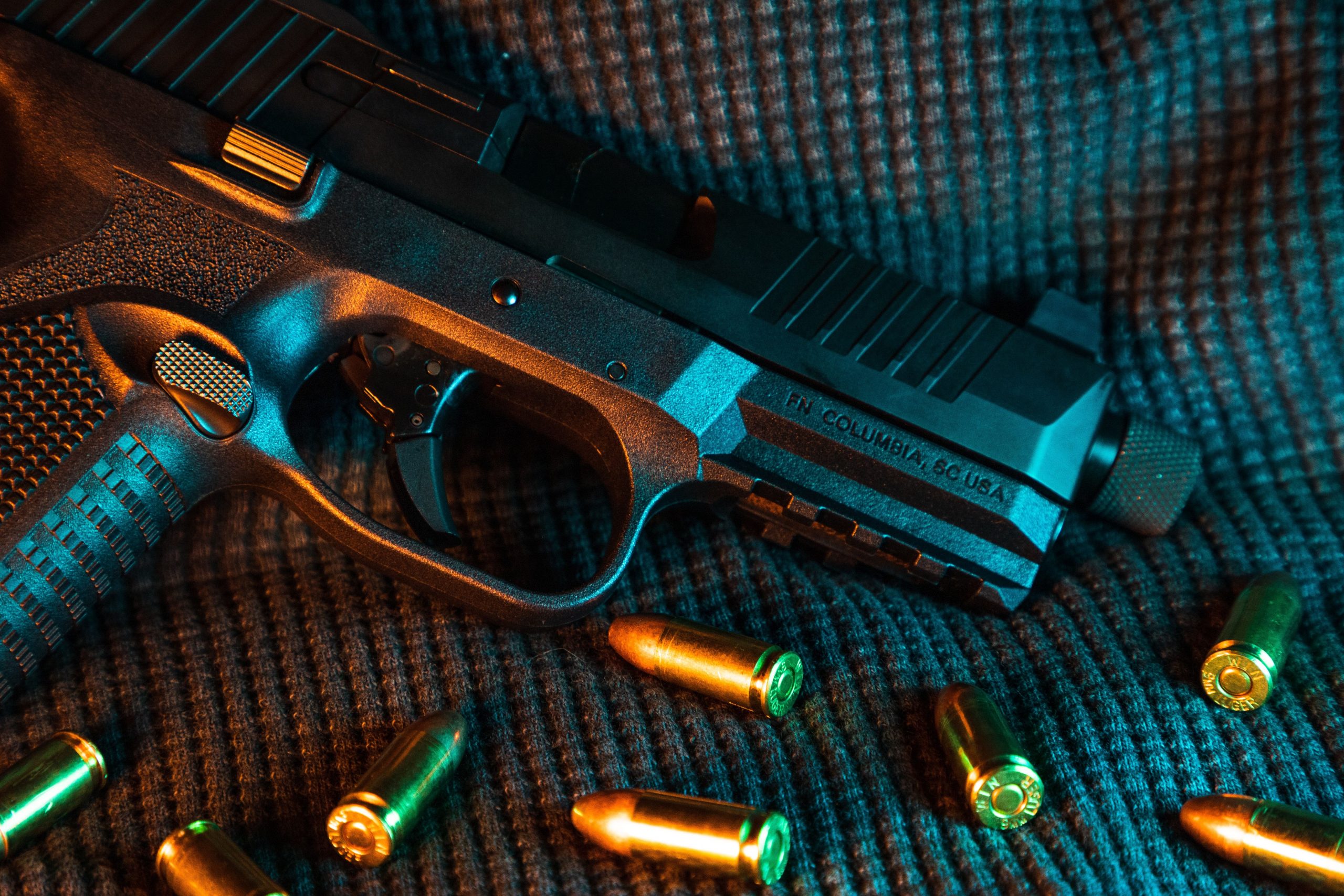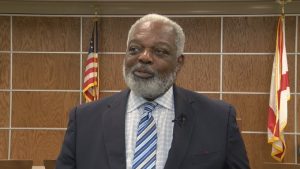The Second Amendment to the United States Constitution states, in part, that “a well-regulated Militia, being necessary to the security of a free State, the right of the people to keep and bear Arms shall not be infringed.” In layman’s terms, this means that in the United States, a person has the right to bear arms in cases of self-defence. The Framers of the United States Constitution envisioned this amendment.
This sentence and its interpretations have sparked a lot of debate about the Amendment’s intended scope over the years. Some argue that the phrase “the right of the people to keep and bear Arms” in the Amendment creates an individual constitutional right to own firearms and that this individual right in the US Constitution prevents legislative bodies from prohibiting firearm possession, or that the Amendment renders prohibitions and stringent regulations on having firearms unconstitutional.
Also Read| The pen is mightier than the gun: Texas falls prey to its own lax laws
The Second Amendment was influenced by the English Bill of Rights of 1689 and was described by Sir William Blackstone as an auxiliary right, supporting the natural rights of self-defence and resistance to oppression, as well as the civic duty to act in concert in defence of the state.
Journey of Second Amendment through the years –
In 1876, the Supreme Court in the United States v. Cruikshank ruled that – “The right to bear arms is not granted by the Constitution; neither is it in any manner dependent upon that instrument for its existence. The Second Amendment means no more than that it shall not be infringed by Congress, and has no other effect than to restrict the powers of the National Government.”
Also Read| Texas shooting echoes across US as ‘FBI’ Season 4 finale stands cancelled
In 1939, The Supreme Court decided in United States v. Miller that the Second Amendment won’t protect gun rights that did not have a “reasonable relationship to the preservation or efficiency of a well-regulated militia.”
The Court took a collective rights approach, in this case, ruling that Congress could regulate a sawed-off shotgun moving in interstate commerce under the National Firearms Act of 1934 because the evidence did not indicate that the shotgun “has some reasonable relationship to the preservation or efficiency of a well-regulated militia.”
The Court then explained that the Second Amendment was included by the Framers to guarantee the military’s potency.
This court decision stood for nearly 70 years until the United States Supreme Court revived the issue in District of Columbia v. Heller in 2008.
Heller, the plaintiff challenged the constitutionality of a Washington, D.C. law that prohibited the possession of handguns. The D.C. handgun ban was declared unconstitutional by the Court in a 5-4 decision.
The Court intricately detailed the Second Amendment’s history and tradition at the time of the Constitutional Convention and declared that the Second Amendment established an individual right for U.S. citizens to possess firearms.
Also Read| 3 deadliest school shootings in Texas
In the 2010 Mcdonald v. City of Chicago, the Court reinforced Second Amendment protections even further. The plaintiff in McDonald’s challenged the constitutionality of Chicago’s handgun ban, which outlawed almost all private citizens from owning handguns. In a 5-4 decision, the Court stated that the Second Amendment applies to states through the incorporation doctrine (The incorporation doctrine is a constitutional doctrine that makes the first ten amendments of the United States Constitution (also known as the Bill of Rights) applicable to the states via the Fourteenth Amendment’s Due Process clause), citing the intentions of the Fourteenth Amendment’s framers and ratifiers.
The Court could not reach an agreement on which specific clause of the Fourteenth Amendment incorporates the fundamental right to keep and bear arms for self-defence.
Also Read| US Congress’ domestic terrorism bill: All you need to know
A mass shooting on May 24, 2022, at an elementary school in Texas has brought the Second Amendment into the spotlight again. Texas gun laws approved a constitutional carry last year, which means law-abiding Texans, 21 and older can carry a firearm in public without a licence. This law has further defended the Second Amendment.







